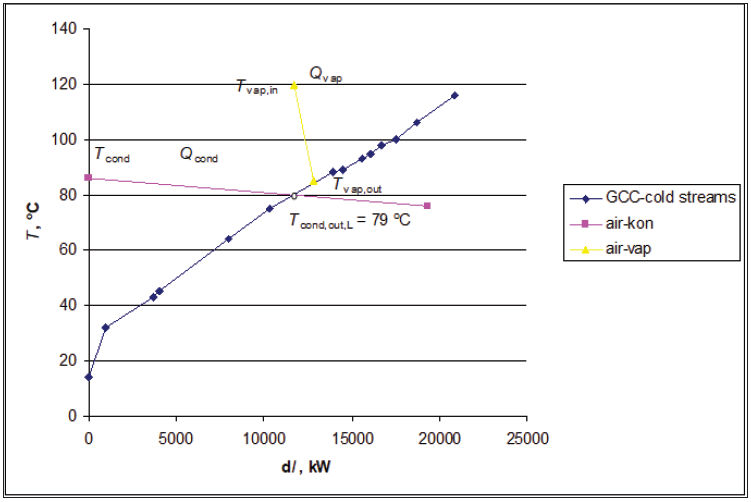- Submissions

Full Text
Progress in Petrochemical Science
Energy Usage During Drying Systems
Anita Kovac Kralj*
Faculty of Chemistry and Chemical Engineering, Slovenia
*Corresponding author: Anita Kovac Kralj, Faculty of Chemistry and Chemical Engineering, Slovenia
Submission: March 10, 2020;Published: March 16, 2020

ISSN 2637-8035Volume3 Issue2
Introduction
Over recent years, engineers and scientists have directed their attentions to the waste heat flow rate and mass recoveries for cheaper energy and mass generation. Mass and energy re-usage techniques can be useful for increasing the efficiencies of conventional energy and mass systems. The re-usage of waste heat would have positive effects on the amount of resources and waste and pollutants generated within industries. Waste-heat recovery techniques that are environmentally friendly and have technical and economic advantages should be assessed for possible contributions to the energy economy and the national economy. The mass and energy re-usage technique, as a simple method by using air heat flow rate from the dryer, is based on more efficient steam generation targets, using pinch analysis and/or MINLP. The benefit of this technique allows the maximal recovery of heat and mass. This technique is a simple method for estimating of the maximal the maximal recovery of heat and mass.
The aim of the presented research is an investigation of heat flow rate and condensate recovery improvement opportunities within food plants. The mass and energy re-usage of air outlet after drying indicates major potential for improvement within the following drying systems:
- Air outlet heat flow rate recovery.
- Condensate recovery.
Modified existing sugar process allows additional profit of 756,000EUR/a by using the replacing of low-pressure steam with air heat flow rate from dryer.
Energy Usage During Drying Systems for Existing Problems
The mass and energy re-usage technique is a very simple method that was tested during existing sugar production. The existing evaporators used low-pressure steam for heating, which could be replaced by heat flow rate from the dryer.
- The first step of this technique is represented the existing heat flow rates, and the inlet/outlet temperatures of all thecold streams through theevaporators, which can be heated by using the air outlet from the dryer. The process cold streams of the evaporators are introduced by using the grand composite curve (GCC) with DminT = 7 °C.
- The second step is to analyse the air outlet stream from the dryer. The air outlet temperature was 125 °C. The air stream included the 36,300kg/h of water steam and 41,350kg/h of gases (O2, N2, CO2). The total air heat flow rate from the dryer was 20,400kW (if the air stream was cooled to 67 °C).
The usable air heat flow rate (Qair) was 14.100kW, which shared with the vapour (Qvap=1,100kW) and condensing (Qcond=13,000kW) parts and located above the GCC of cold streams of evaporators (Figure 1). The condensing heat flow rate (Qcond,i) is split into smaller parts regarding the number of individual evaporators (Nev). The vapour heat flow rate was too small for splitting. The inlet and outlet temperatures of the vapour air streams (Tvap,in, Tvap,out) were 125 °C and 90 °C. The started condensing temperature (Tcond) was 90 °C. The output temperature (Tcond,out), fraction of condensing (fcond) and condensing heat flow rate (in kW) would be calculated by using a linear function.
Figure 1: The diagram of energy re-usage techniques for the existing evaporators.

© 2020 Anita Kovac Kralj. This is an open access article distributed under the terms of the Creative Commons Attribution License , which permits unrestricted use, distribution, and build upon your work non-commercially.
 a Creative Commons Attribution 4.0 International License. Based on a work at www.crimsonpublishers.com.
Best viewed in
a Creative Commons Attribution 4.0 International License. Based on a work at www.crimsonpublishers.com.
Best viewed in 







.jpg)






























 Editorial Board Registrations
Editorial Board Registrations Submit your Article
Submit your Article Refer a Friend
Refer a Friend Advertise With Us
Advertise With Us
.jpg)






.jpg)














.bmp)
.jpg)
.png)
.jpg)










.jpg)






.png)

.png)



.png)






